ZEM PORTFOLIO

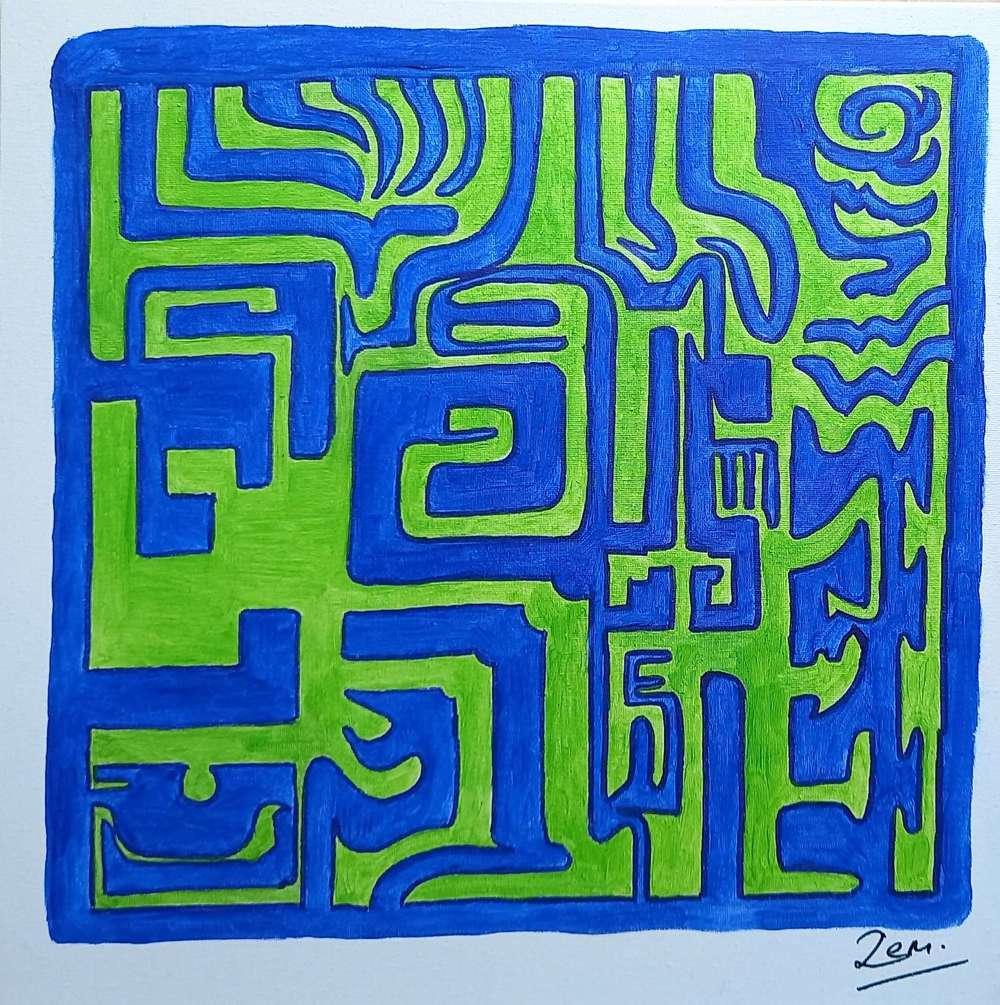
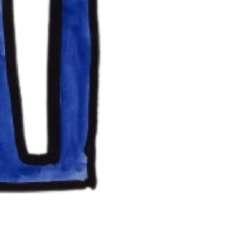
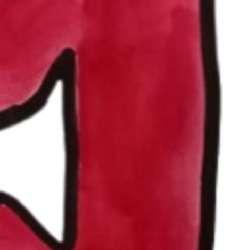
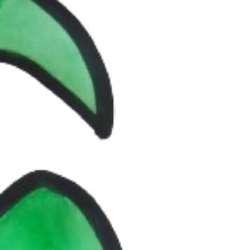
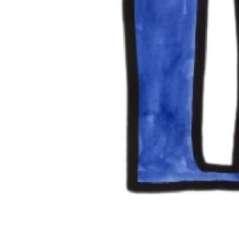
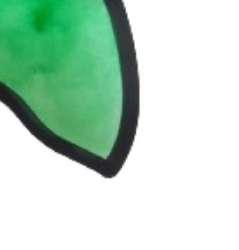
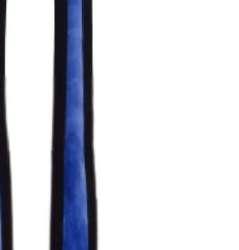

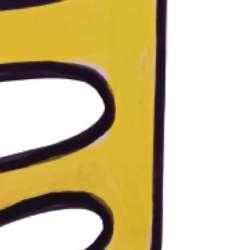

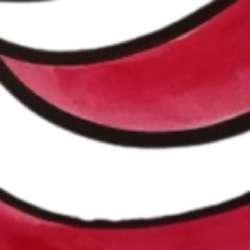
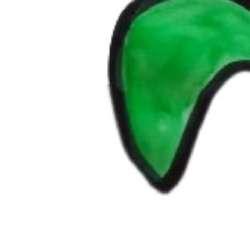
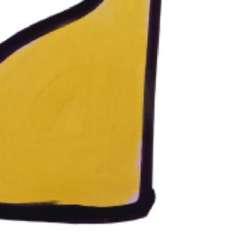
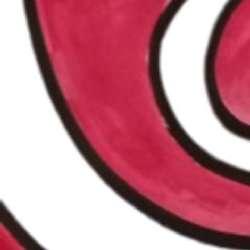
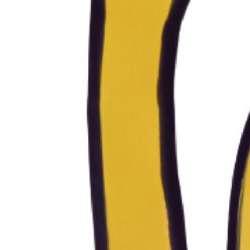
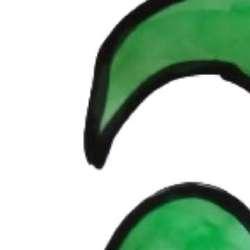

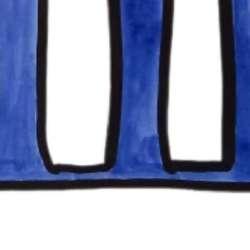
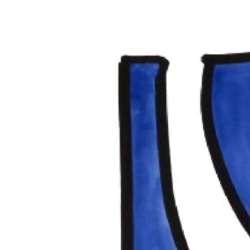
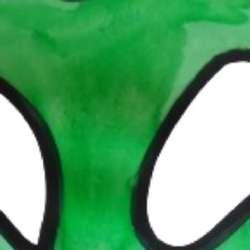
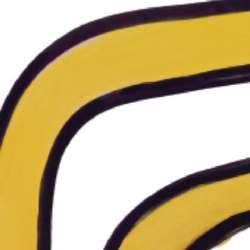


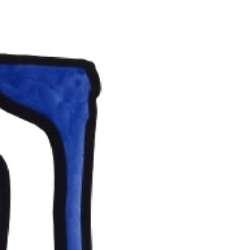
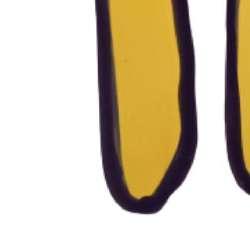
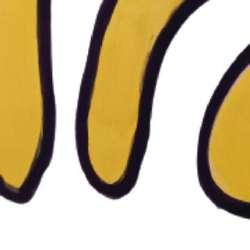
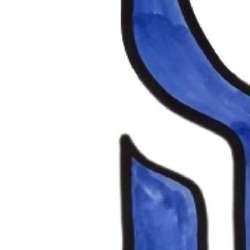
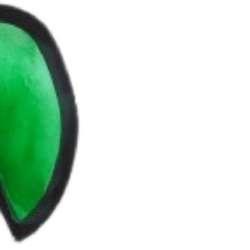

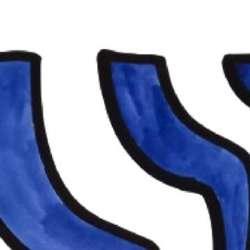
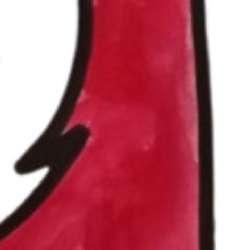
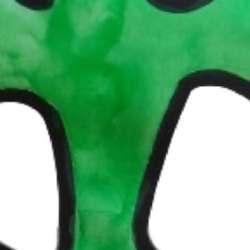
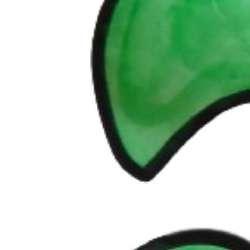

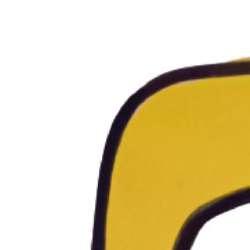
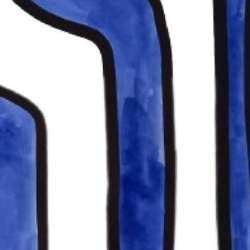

















































































Born in May 1954 (France)
French artist, ZEM learns to draw and paint as an autodidact. Since her childhood, she has been sketching, drawing and painting the scenes or landscapes that inspire her, mainly seascapes that she draws up in watercolour before learning the basics of acrylic and oil paints. Her artistic expression, initially figurative, focuses on Sketching, where the spontaneity of the line marks her drawings of gesture and perspective, before moving towards abstraction
Nourished by the facial expressions of Modigliani and Toulouse-Lautrec, the technique of the pointillists such as Seurat or Signac or even the optical games by Vasarely, it is nonetheless the discovery of Aboriginal Art at the Museum of the Quai Branly in Paris which marks a turning point in the elaboration of a very personal style Today, her brightly coloured compositions are available around her favourite themes, the Aboriginal Art and the Op'Art or Optical Art






Both on canvas and on paper, my work is based on two major sources of inspiration: Aboriginal Art and Optical Art.
In my compositions, done in felt-tip pen, acrylic, watercolour or oil, colour is reduced to monochromatic or bichromatic expressions Even if the palette is sometimes enlarged, the choice of contrasting colours is favoured in order to highlight the contrasts
Monochrome makes the line stand out, helping to make it more intelligible to the viewer The hand is left free to express itself, in the manner of automatic writing, and puts down a unique story on paper
The shapes are interpreted according to the sensibility of each individual, recalling various forms, foetal, vegetal, in the spirit of Aboriginal 'dreams'



To understand my world, you need to understand my background My artistic expression draws its inspiration from my favourite artists, and there are many of them, from Modigliani and Picasso to Bonnard, Seurat and Signac, not forgetting Sorolla and his treatment of light, the source of life.

My love of art goes back to my childhood, when I discovered Rembrandt's "Doctor Tulp's Anatomy Lesson" in my grandmother's dictionary!
This visceral need to paint has always been with me, but personal events and the vagaries of life have kept me away from it.
The trigger, the deep motivation that reawakened this passion, came in 2013
2013, a key year when I was diagnosed with Parkinson's disease It was a salutary shock I faced up to it and started painting again
I went back to higher education First of all, a Bachelor's degree in Education Sciences, the key to a Master's degree in Psychoanalysis, which I obtained in 2018.
Through painting, I express the joy that drives me and the need to pass on the beauty of the world My motto, borrowed from Matisse: You have to look at all of life through children's eyes




Acrylic and Felt pen on cotton canvas
40 x 40 cm
After numerous sketches and drawings on paper, ZEM decided to move on to canvas This work, entitled "Number 1", is therefore highly symbolic
It marks the beginning of a style that is achieved through line work and a sparing choice of colours. For this reason, monochrome is an obvious choice.
The line must be clear to highlight the shapes and symbols that come to life on the canvas under the confidential effect of the artist's unconscious
A true representation of Creation, in its spiritual expression as well as in the reproductive act, the Artist transposes here her syncretic conception
The divine entity, in the upper part of the painting, seems to extend its protective celestial cloak over its creatures: man, in a seated position, and woman, represented by her womb






Acrylic on cotton canvas
50 x 50 cm
This painting marks an evolution The acquisition of a signature, a style unique to the Artist ZEM The line becomes more distinctive and the forms more structured
The Artist examines the vicissitudes that man faces on the path of life, but above all the difficulty of freeing himself from all authority in order to express his own singularity, his own truth
The choice of colours is by no means random Violet evokes spirituality, as opposed to green, which refers to the prosaic nature of life
The reading begins with birth, symbolised by the foetus in the lower left-hand quarter. This is followed by the maze of life, represented by the many twists and turns, and then the confrontation with societal norms, authority figures and married life (in the upper part of the painting) Spiritual life is highlighted by the shapes of the arrow and the wave (centre right) Finally, at the end of the path, the key to understanding is presented as an achievement (figure of the hanged man followed by locks, lower left)









Oil on cotton canvas
40 x 40 cm
ZEM's style asserts itself in this painting, the first in the Series to be painted in oil
In it, ZEM depicts man ' s progress through the labyrinth of life. Though faced with dead ends that force him to turn back, man inexorably continues his journey to maturity

Birth is at the heart of the painting Once again, the painting is read from left to right
On the upper left, a representation of a tree or a bird alludes to the ties that bind man to nature. Authority is represented in the form of a totem pole in the lower right-hand quarter. The journey ends with wisdom, symbolised by the headrest
The colours blue and green underline the sky and nature









Acrylic and Felt pen on linen canvas
32 x 48 cm




ZEM's first large-format canvas, with an evocative title and a message: listen to those who came before us, and put Nature back at the heart of modern society's concerns.
The central circle evokes life and the symbiosis between man and his environment The painting is divided between man on the left and nature on the right The tribulations of human life are evoked by the labyrinths The references to nature are suggested by the presence of the tree and the bird, itself symbolised in ZEM's work by the two-crested spiral. The Artist's nod to the flamingo, a favourite bird in his daily environment in Frontignan The boomerang symbol alerts us to the consequences of our actions
As for the colours: pink evokes love and tenderness, which should be at the heart of intergenerational relations, and which is singularly lacking these days. Green, for its part, evokes respect for nature, so often exempt from the materialistic preoccupations of our modern society
















Drawing as preparatory work is essential for ZEM The artist gradually elaborates the forms and symbols that inhabit her singular pictorial universe
This selection is particularly interesting in that it highlights the birth of a style. The first two drawings were made before ZEM began painting, while the next two are subsequent.
ZEM's experimentation began with monochrome, working in negative with black and white, but not exclusively Many of the monochrome drawings are in the recurring colours of her work, such as blue, green, pink and violet
LEGEND
1 Drawing #014
2 Drawing #015
3 Drawing #031, Aborigine Series
4 Drawing #039, Aborigine Series








Mixed media on paper
42 x 29,7 cm
Colour is gradually entering ZEM's world Although it was already present in his monochrome drawings, the artist decided to restrict its use, both on paper and canvas, to a two-colour palette
For ZEM, the use of colour follows a precise code. They are carefully selected from the colour wheel. They are both opposing and complementary. The Artist explains this choice by the will to mark the omnipresent duality of our world; the conscious and the unconscious, the natural and the supernatural, good and evil
LEGEND
1 Drawing #005, Acrylic
2 Drawing #008, Acrylic
3 Drawing #037, Felt pen and Watercolour, Aborigine Series
4 . Drawing #038, Felt pen and Watercolour, Aborigine Series























































